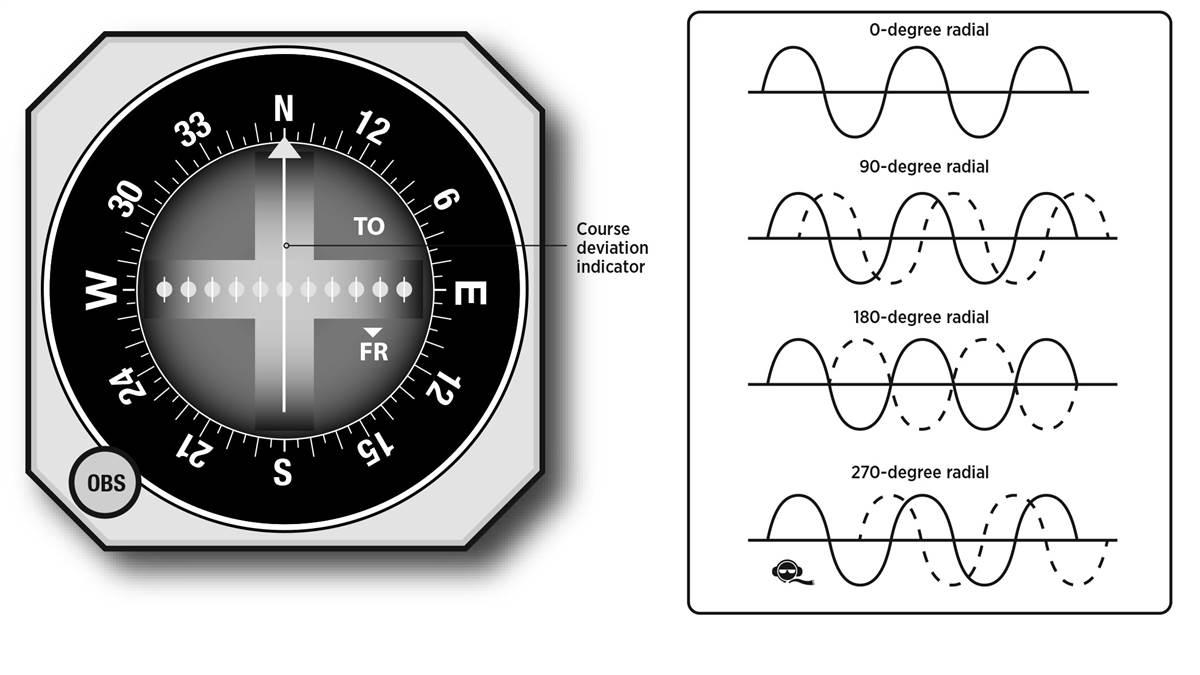How it works: Course deviation indicator
The needle knows

But as much as we’d like to rip the theory pages out of our books and the equipment out of our airplanes, VORs have their place. Thousands of aircraft still don’t have GPS, and the VOR network serves as a critical backup.
The VOR system has many components, including a ground-based radio transmission station, a panel-mounted navigation radio to receive signals, and a navigator head. The panel’s navigator head includes the OBS (omni-bearing selector) and CDI (course deviation indicator). Learning to use a CDI with a VOR also will apply to GPS navigation in an airplane with a panel-mounted GPS.
The CDI acts somewhat like a course line, showing the pilot the relationship of the airplane to the selected course. If you’re flying westbound, for example, and the OBS is properly tuned and the CDI is to the left (or south), you know the airplane is north of the desired course.
To show a course line the navigation radio receives two signals from the VOR station, one fixed and one variable. The fixed signal is the same regardless of the radial selected, while each radial produces a slightly different variable signal. The cockpit portion of the system determines which radial the airplane is on based on the phase difference between the fixed and variable signals. By spinning the OBS the pilot can center the CDI or select a desired course.



